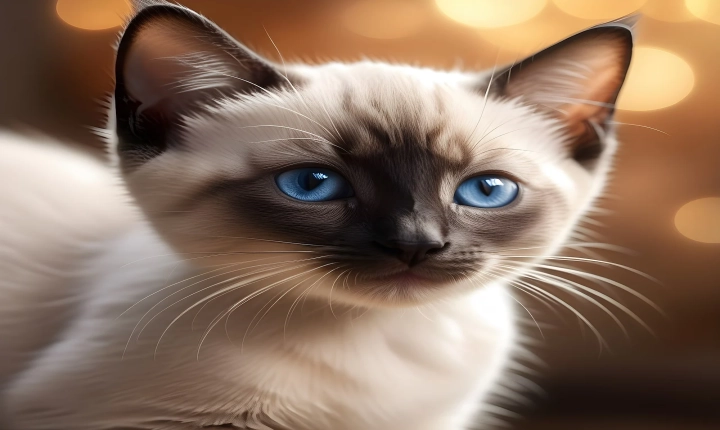Is AI Art the End of Artists?
Artificial intelligence (AI) has made significant strides in recent years, particularly in the field of art. With advancements in machine learning and neural networks, AI systems are now capable of creating artwork that is remarkably similar to that of human artists. This has led to a growing debate about whether AI art represents the end of human artists as we know them.
On one hand, proponents of AI art argue that these systems have the potential to revolutionize the art world. AI can generate unique and innovative pieces of art that push the boundaries of creativity and offer new perspectives. By analyzing vast amounts of data and identifying patterns, AI can produce art that is unlike anything humans could create on their own. This opens up new possibilities for artistic expression and challenges traditional notions of what constitutes art.
Furthermore, AI art has the potential to democratize the art world by making creative tools and techniques more accessible to a wider audience. With AI-powered software and generative algorithms, individuals with little to no artistic training can create stunning pieces of art. This has the potential to empower people to express themselves in new and exciting ways, breaking down barriers to entry in the art world.
On the other hand, critics fear that the rise of AI art could threaten the role of human artists. As AI becomes increasingly sophisticated, there is a concern that it could outperform human artists in terms of speed, precision, and even innovation. This raises questions about the value of human creativity and the authenticity of art created by machines. Will AI art overshadow the work of human artists, leading to a decline in appreciation for traditional, human-generated art?
There is also a concern about the ethical and legal implications of AI art. Who owns the rights to art created by an AI system? Should AI-generated artwork be considered original and protected by copyright law? These questions are yet to be fully addressed, and the increasing presence of AI art in the market raises complex issues that require careful consideration.
Despite these concerns, many artists and experts argue that AI art is not the end of human creativity, but rather a new tool that can be harnessed to enhance human artistic expression. Rather than viewing AI as a threat, some artists are embracing it as a collaborator, using machine learning algorithms to inspire and inform their work. By integrating AI into their creative process, artists can explore new techniques, generate fresh ideas, and bring their artistic vision to new heights.
In conclusion, the rise of AI art presents both opportunities and challenges for the future of artists. While there are valid concerns about the impact of AI on human creativity and the art market, it’s important to recognize the potential for AI to complement and enrich the work of human artists. By embracing AI as a tool for innovation and experimentation, artists can continue to push the boundaries of creativity and create art that resonates with audiences in new and impactful ways. As the relationship between AI and art evolves, it will be crucial for the art community to engage in thoughtful discussion and find ways to leverage the capabilities of AI while preserving the unique contributions of human artists.
